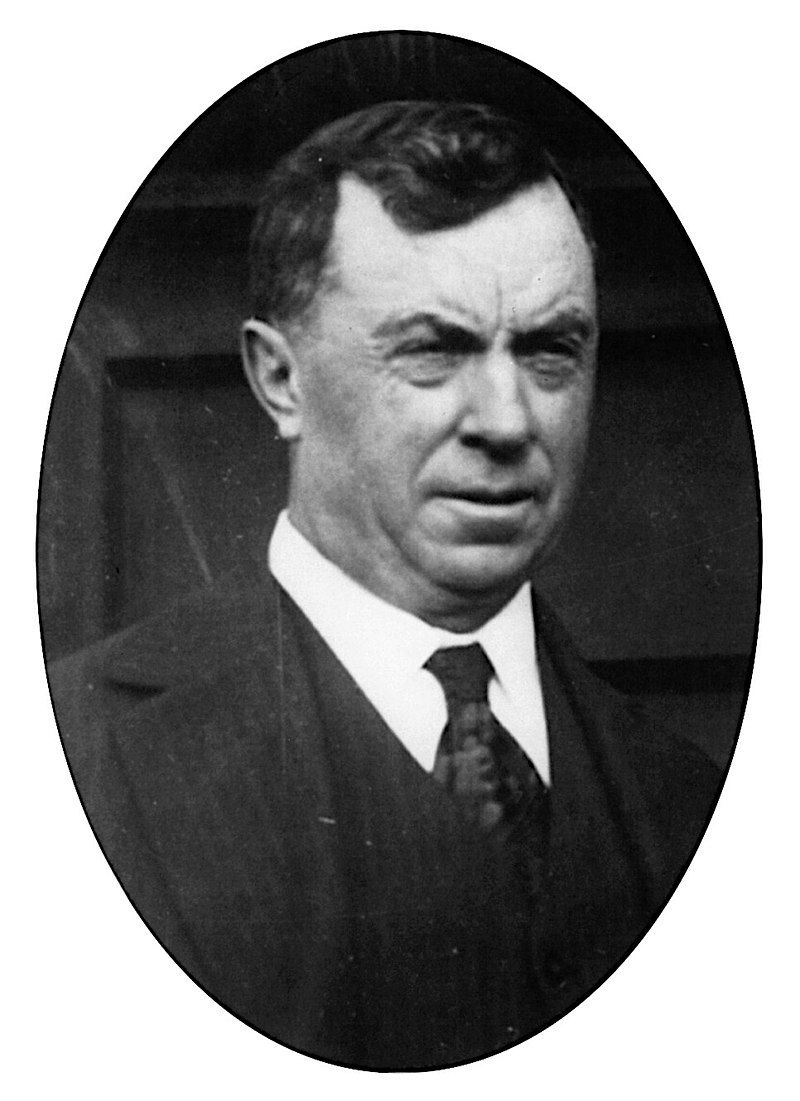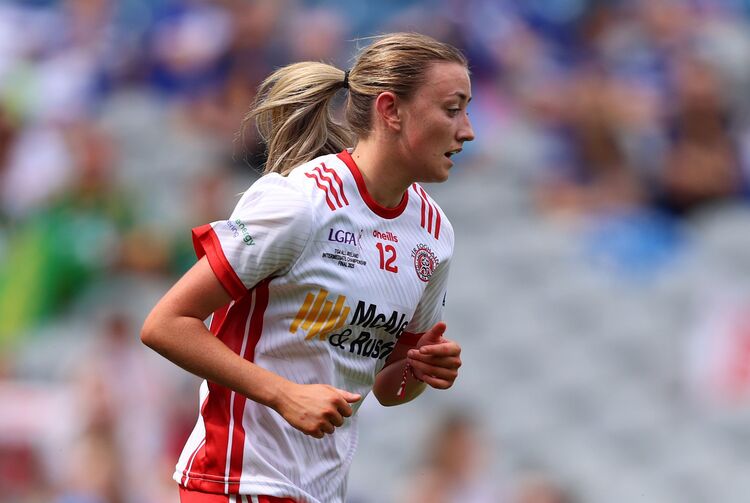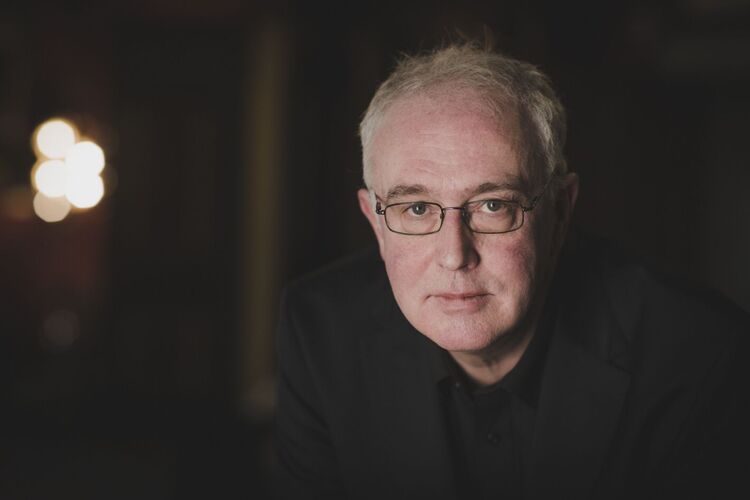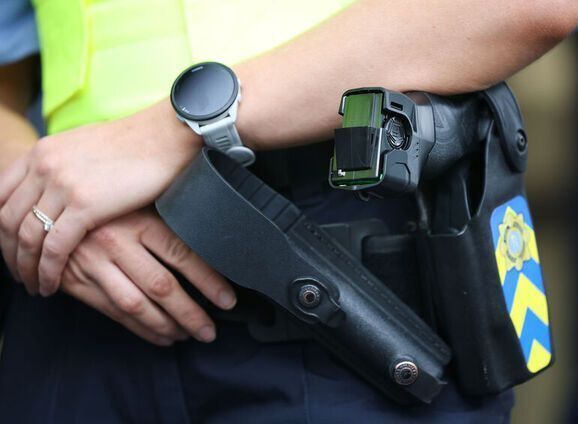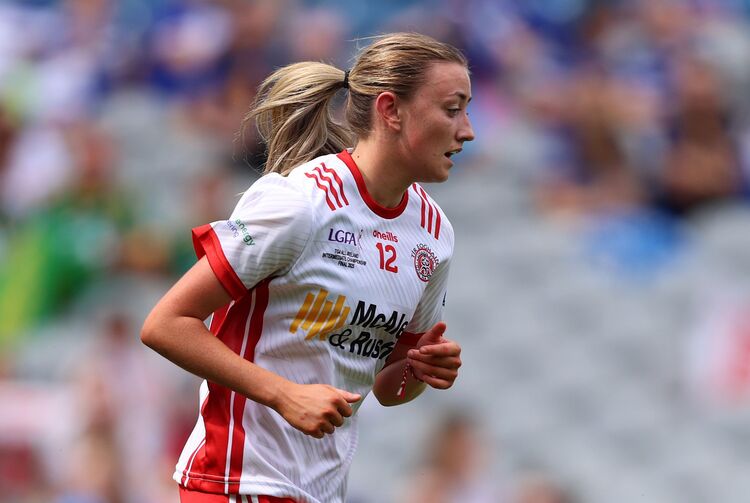The American Irish Historical Society has recently been at the center of a well-documented whirlwind of controversy. Many members of the Irish American community reacted with outrage when they learned that the society’s home in an elegant five-story Fifth Avenue limestone townhouse was about to be put up for sale. Fortunately, the stunning building won’t be sold and a newer, brighter chapter of the society’s history has begun.
Sadly, the society’s history and original mission have largely been forgotten. The AIHS’ long history is intimately linked with one of the most powerful Irish Americans of the early 20th century, Judge Daniel Cohalan, a man who devoted his life to Irish causes.
The judge was born in Middletown, N.Y. in 1865, a place where, at the time, few Irish Catholics lived and where anti-Catholic prejudice was still strong. Cohalan went to Manhattan College and then passed the bar in 1888. He joined the Manhattan Democratic Party, the infamous Tammany Hall, and soon became the right-hand man of the society’s leader Charles Murphy, who soon recognized Cohalan’s political talents and appointed Cohalan “Grand Sachem” or chief of Tammany Hall in 1908, a prestigious position which undoubtedly helped provide Cohalan’s legal practice with wealthy clients.
Murphy tried to reward Cohalan by putting his name forward to the New York State legislature in Albany for nomination as a senator for New York state. However, Murphy’s proposal was blocked by a group of “insurgent” Democratic senators led by a young patrician Franklin Delano Roosevelt, who attacked Cohalan as a corrupt Tammany Hall functionary. According to his New York Times obituary, Cohalan never forgot this slight from the aristocratic Roosevelt. Nonetheless, Murphy found an alternative way of rewarding Cohalan by persuading Governor John Dix to appoint him as a State Supreme Court Justice for New York State. Cohalan’s long career as a State Supreme Court Justice had begun.
In 1903, Cohalan joined with John Devoy, “the greatest of the Fenians,” to found the hugely influential newspaper the Gaelic American. The newspaper sought to defend the “interests of the Irish race” in the United States and Cohalan used the paper to promote huge Irish Race Conventions to further Irish interests in the United States. Cohalan and Devoy would also use the Gaelic American to raise huge sums of cash for the Easter Rising and Cohalan was one of the very few Irish Americans who knew in advance about the Easter Rising.
In early 20th-century America, Irish-American Catholics had risen economically, yet Cohalan was painfully conscious of their continuing social inferiority. American newspapers frequently portrayed Irish Catholics in negative stereotypical ways, accusing them of being subservient to Rome and incapable of being absorbed into American society. Many leading American journals, such as the Outlook and Harper’s Magazine, still portrayed the Irish negatively, as people prone to violence and political corruption. Anglo-Saxon American Protestants often credited their own culture with the founding of American democracy, while, associating the Irish with the corruption of Tammany Hall. Cohalan began to pen editorials for the Gaelic American, expressing his conviction that ordinary Irish Americans needed to become proud of the many contributions the Irish had made to America.
Cohalan wanted to revise American history so that it reflected the large contributions that Irishmen and Irishwomen had made to America, so he turned to the American Irish Historical Association, whose objective was to correct the “neglect and misrepresentation by certain historians” of the part the Irish played in the founding of the American nation. The AIHS had originally been founded in January 1897 by 50 men of Irish nationality or descent who met in the old Revere House in Boston but it soon moved its headquarters to New York City.
One of those founders was Thomas Hamilton Murray, the editor of The Daily Sun, in Lawrence, Mass. For years, Murray had been trying to include Irish contributions to America, writing articles on Irish pioneers and Irish families in New England, and with every bit of research work that he did in connection with these articles, realization came to him more and more that historians of the day – either by accident or design – had omitted from their records all reference to the part played by Irishmen and Irish families in the history of the early United States. A few of the writers so distorted the truth that they even denied there had been any Irish in America prior to 1840.
The most prolific and outspoken opponent of the claim that the founders of the American colonies were of mainly Anglo-Saxon origin was a friend of Cohalan’s, Michael J. O'Brien, who became the chief historiographer of the AlHS and the author of “A Hidden Phase of American History: Ireland's Part in America's Struggle for Liberty.” O’Brien, like Cohalan, was especially critical of histories that excluded the Irish from American history.
Cohalan served as a member of the AlHS executive council for nearly 40 years and he used the society’s huge libraries to do extensive research on the role of the Irish in America. The contributions of the Irish to the foundation of the United States became a continual theme in Cohalan's writings and speeches, and it was echoed in the AIHS's publications: more than 75 percent of the society's articles and books published by the society dealt with the heroic Irish contribution to the colonial settlement and revolutionary war. Cohalan drew on heroic narratives of the Irish role in America’s history to enlist mainstream American support for Ireland’s nationalist struggle.
Cohalan also played an important role in helping the society buy its Fifth Avenue home in 1939. In gratitude the society presented him with its 1941 annual medal, awarded to a distinguished American of Irish origin. When Cohalan died in 1946, he left his papers to the AIHS.
Two of Cohalan’s children also played important roles in the AIHS. His daughter Kathleen served for decades as a librarian, overseeing the Society’s more than 10,000 volumes, the most complete private collection of Irish and American Irish history and literature in the United States. His son Msgr. Florence Cohalan, an expert on Church history in New York City, served on the Board of Directors of the AIHS for over 50 years before his death in 2001. The Monsignor’s passing marked the first time in decades that no Cohalan sat on the society’s board of directors and the AIHS seemed to drift quickly away from its original mission.
Daniel Cohalan spent his life fighting for Ireland and for Irish Americans and his children helped keep his legacy alive at the AIHS. The Cohalans have a proud legacy at the American Irish Historical Society. Hopefully, the society’s new administration can revive the Cohalan spirit and their commitment to this historic institution.

